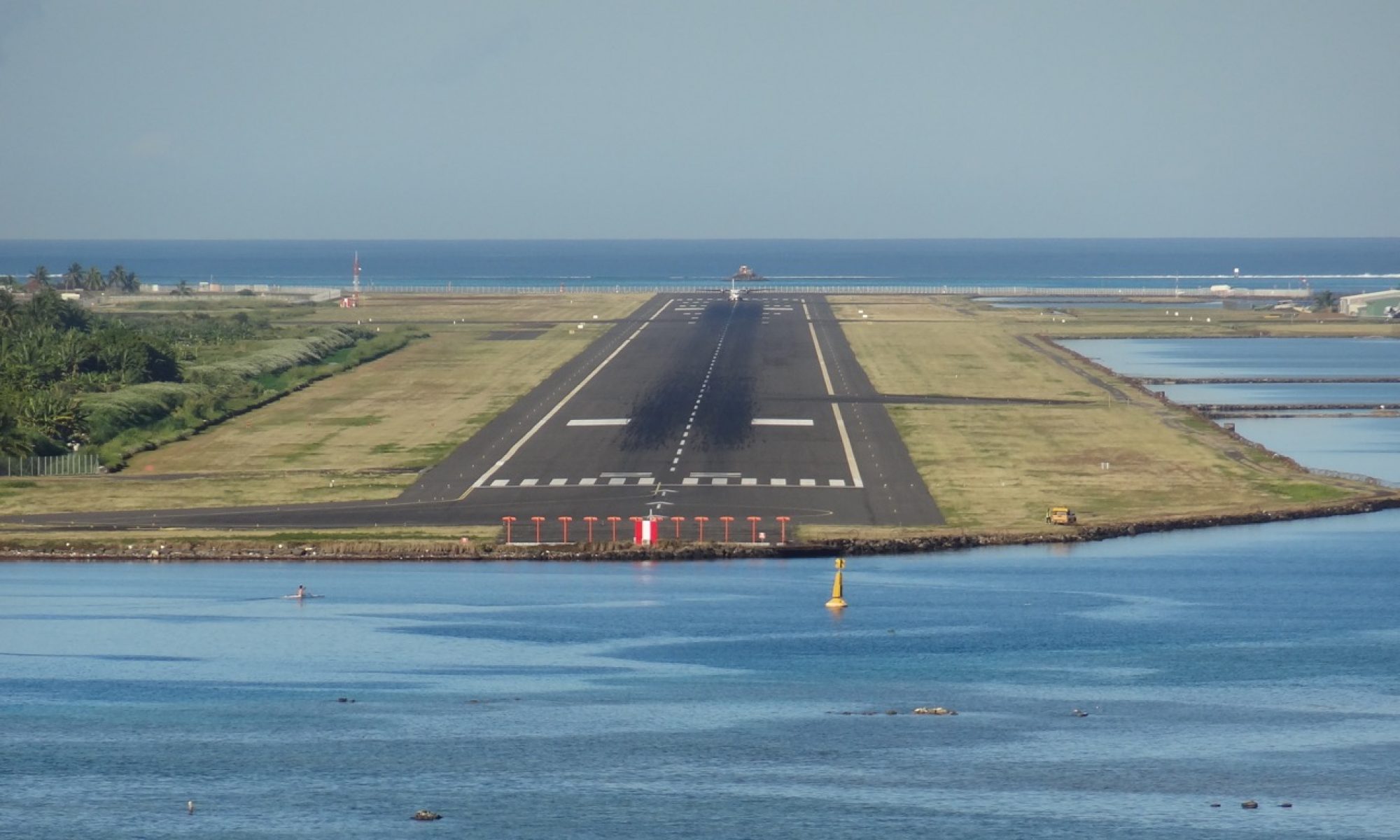WebP (sprich engl. „weppy“) ist ein modernes Bildformat, das von Google entwickelt wurde, um hochwertige Bilder mit geringerer Dateigröße im Vergleich zu anderen Bildformaten wie JPEG und PNG zu liefern. Das WebP-Tool unter Linux bietet eine leistungsstarke Lösung für die Konvertierung und Optimierung von Bildern.
Mit dem Tool cwebp können PNG, JPEG, TIFF Bilder in das WebP Format und zurück umgeformt werden.

Diese Datei hat z.B. eine Größe von 1,4 MByte und nach der Umformung nur noch 18 KByte. Da lohnt sich doch der Aufruf,
cwebp 1.png -o 1.webp
Ausgabe:
|
1 2 3 4 5 6 7 8 9 10 11 12 13 14 |
raspberry@pi:~ $ cwebp 1.png -o 1.webp Saving file '1.webp' File: 1.png Dimension: 1920 x 1080 Output: 18006 bytes Y-U-V-All-PSNR 49.70 48.64 48.43 49.28 dB block count: intra4: 1140 intra16: 7020 (-> 86.03%) skipped block: 6251 (76.61%) bytes used: header: 178 (1.0%) mode-partition: 5857 (32.5%) Residuals bytes |segment 1|segment 2|segment 3|segment 4| total macroblocks: | 1%| 2%| 4%| 91%| 8160 quantizer: | 36 | 36 | 34 | 25 | filter level: | 11 | 62 | 58 | 22 | |
da man auch keinen Unterschied sieht, oder:

Wenn das Programm noch nicht installiert ist, geht es schnell mit:
sudo apt install webp
Hier noch die Anleitung:
|
1 2 3 4 5 6 7 8 9 10 11 12 13 14 15 16 17 18 19 20 21 22 23 24 25 26 27 28 29 30 31 32 33 34 35 36 37 38 39 40 41 42 43 44 45 46 47 48 49 50 51 52 53 54 55 56 57 58 59 60 61 62 63 64 65 66 67 68 69 70 71 72 73 74 |
cwebp -longhelp Usage: cwebp [-preset <...>] [options] in_file [-o out_file] If input size (-s) for an image is not specified, it is assumed to be a PNG, JPEG, TIFF or WebP file. Options: -h / -help ............. short help -H / -longhelp ......... long help -q <float> ............. quality factor (0:small..100:big), default=75 -alpha_q <int> ......... transparency-compression quality (0..100), default=100 -preset <string> ....... preset setting, one of: default, photo, picture, drawing, icon, text -preset must come first, as it overwrites other parameters -z <int> ............... activates lossless preset with given level in [0:fast, ..., 9:slowest] -m <int> ............... compression method (0=fast, 6=slowest), default=4 -segments <int> ........ number of segments to use (1..4), default=4 -size <int> ............ target size (in bytes) -psnr <float> .......... target PSNR (in dB. typically: 42) -s <int> <int> ......... input size (width x height) for YUV -sns <int> ............. spatial noise shaping (0:off, 100:max), default=50 -f <int> ............... filter strength (0=off..100), default=60 -sharpness <int> ....... filter sharpness (0:most .. 7:least sharp), default=0 -strong ................ use strong filter instead of simple (default) -nostrong .............. use simple filter instead of strong -sharp_yuv ............. use sharper (and slower) RGB->YUV conversion -partition_limit <int> . limit quality to fit the 512k limit on the first partition (0=no degradation ... 100=full) -pass <int> ............ analysis pass number (1..10) -crop <x> <y> <w> <h> .. crop picture with the given rectangle -resize <w> <h> ........ resize picture (after any cropping) -mt .................... use multi-threading if available -low_memory ............ reduce memory usage (slower encoding) -map <int> ............. print map of extra info -print_psnr ............ prints averaged PSNR distortion -print_ssim ............ prints averaged SSIM distortion -print_lsim ............ prints local-similarity distortion -d <file.pgm> .......... dump the compressed output (PGM file) -alpha_method <int> .... transparency-compression method (0..1), default=1 -alpha_filter <string> . predictive filtering for alpha plane, one of: none, fast (default) or best -exact ................. preserve RGB values in transparent area, default=off -blend_alpha <hex> ..... blend colors against background color expressed as RGB values written in hexadecimal, e.g. 0xc0e0d0 for red=0xc0 green=0xe0 and blue=0xd0 -noalpha ............... discard any transparency information -lossless .............. encode image losslessly, default=off -near_lossless <int> ... use near-lossless image preprocessing (0..100=off), default=100 -hint <string> ......... specify image characteristics hint, one of: photo, picture or graph -metadata <string> ..... comma separated list of metadata to copy from the input to the output if present. Valid values: all, none (default), exif, icc, xmp -short ................. condense printed message -quiet ................. don't print anything -version ............... print version number and exit -noasm ................. disable all assembly optimizations -v ..................... verbose, e.g. print encoding/decoding times -progress .............. report encoding progress Experimental Options: -jpeg_like ............. roughly match expected JPEG size -af .................... auto-adjust filter strength -pre <int> ............. pre-processing filter |
WebP kann leicht in Automatisierungs- und Workflow-Umgebungen integriert werden. Es kann in Skripte eingebunden oder als Teil von Build-Prozessen verwendet werden, um Bilder automatisch zu optimieren und konvertieren.
Das WebP-Tool unter Linux bietet eine effiziente Möglichkeit, Bilder mit hoher Qualität und geringer Dateigröße zu erstellen. Durch die Integration in verschiedene Workflows und die Verfügbarkeit auf verschiedenen Linux-Plattformen wird es zu einem wertvollen Werkzeug für Entwickler und Bildbearbeiter gleichermaßen.
Experimentieren Sie mit den verschiedenen Optionen und passen Sie sie an Ihre spezifischen Anforderungen an, um das Beste aus diesem leistungsstarken Tool herauszuholen.
